Standards on housing size look to be further eroded in new plans
Government will today reveal plans to extend Permitted Rights and allow the conversion of more buildings into housing with minimum standards on room sizes and affordable housing thrown out.
Despite recent months showing exactly why minimum standards on room sizes and natural light levels are crucial as millions work from home, government works to further extend rules which allow developers to ignore minimum standards.
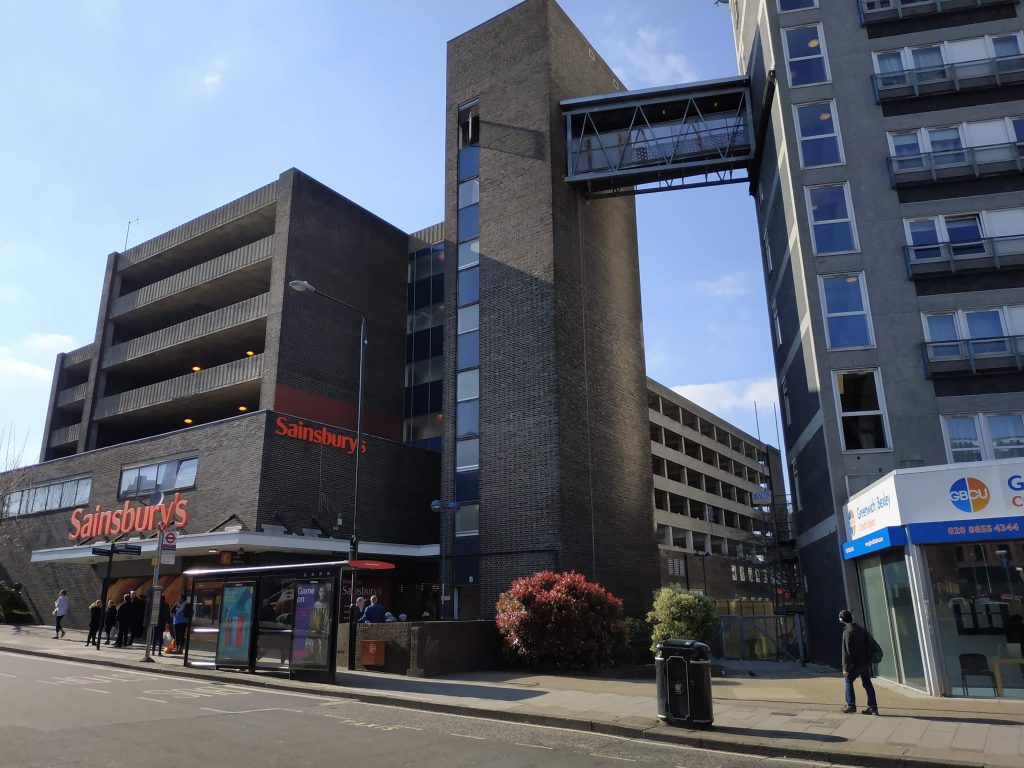
The proposed changes will allow developers to avoid paying funds to mitigate impact on local areas. See the “cut red tape” headlines in certain sections of the press.
What are permitted rights?
Permitted Rights were introduced in 2011 and allow developers to convert offices to homes without planning permission. They can avoid rules and minimum standards in place for housing. Some even lack any windows. There is also no need to contribute to local authorities for the impact of development nor provide any affordable housing.
Since then certain office blocks have become little more than slums where people are dumped. Ilford has a notorious example where entire homes measure 3.6 metres by 3.6 metres. As government have made building new homes so difficult for local authorities and housing associations, more people are sent to converted blocks.
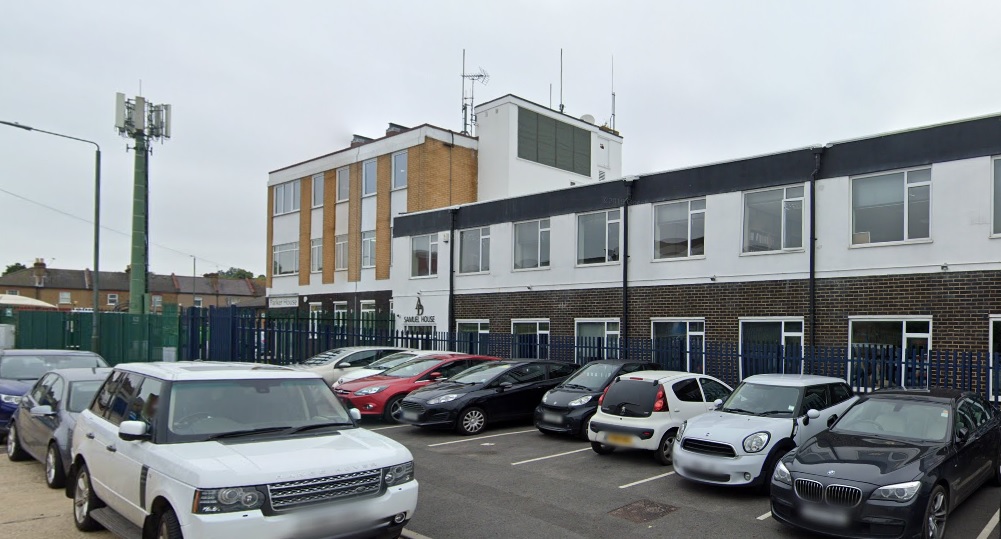
Locally there has been a recent example in Sidcup.
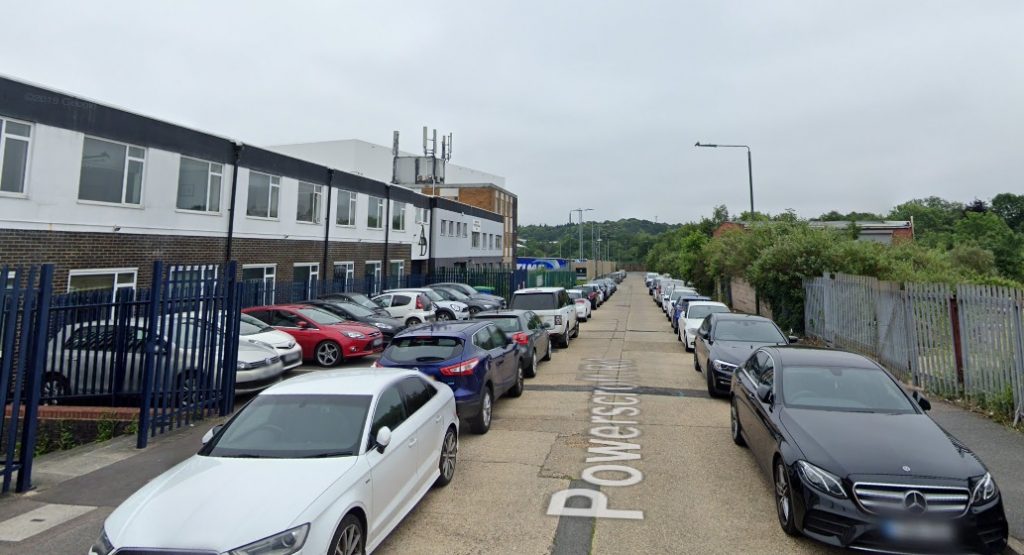
Greenwich Council sold Riverside House to a developer instead of converting the site or developing homes directly. Developers now plan to squeeze in 200 homes.
Rules are being pushed by Government Minister Robert Jenrick who refused to resign after approving homes on the Isle of Dogs against advice from the Government’s own Planning Inspector. His department later accepted acting unlawfully. It allowed the developer, owned by former Daily Express owner Richard Desmond who met Jenrick before the decision, to avoid paying £40 million to the local authority.
Losing shops?
There’s obvious dangers that town centres could be hollowed out. Despite recent problems in many town centres people are social animals and still want to meet and socialise. One major concern is high rents and costs. Lower those for pubs, shops and cafes and business would thrive. The High Street certainly needs to evolve, but this change could kill off rather than rejuvenate.
What will also bring life and footfall back to town centres is redevelopment of certain sites incorporating new homes alongside new commercial units. This new proposal could do the very opposite of that. The next year or two will be very hard on retailers.
Developers could then pick off sites one by one with cheap, minimal effort conversion. When the economy recovers, High Streets are scarred through numerous small unit conversions. The remaining units are not enough to draw in people from surrounding areas and the entire area stagnates in years to come.
Another danger is that large sites housing old retail sheds (think Asda at Charlton for example) could see quick and cheap conversions into very small compartments providing sub-par housing rather than full redevelopment that would house many more people.
Short-termism would win – but few apart from developers would win.
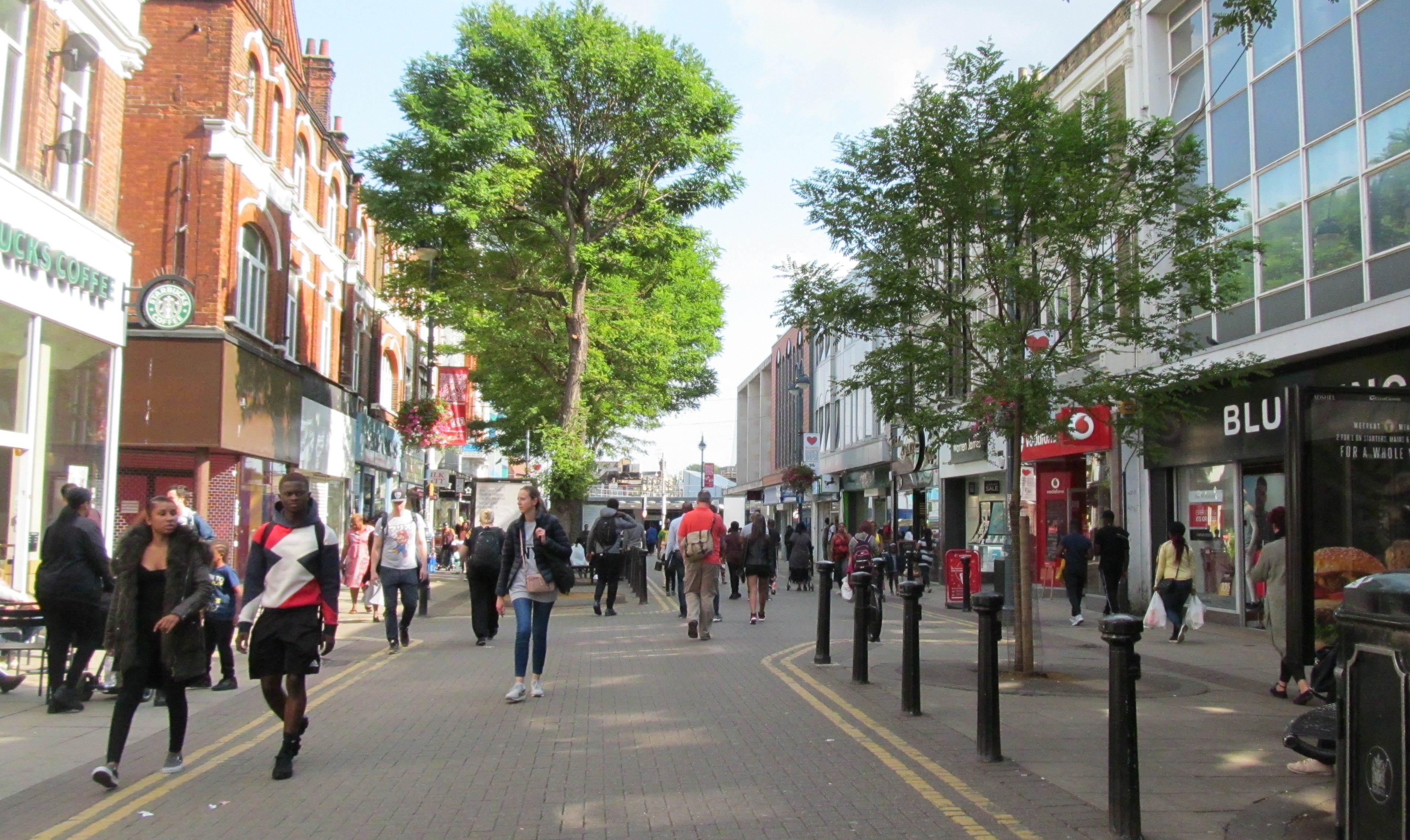
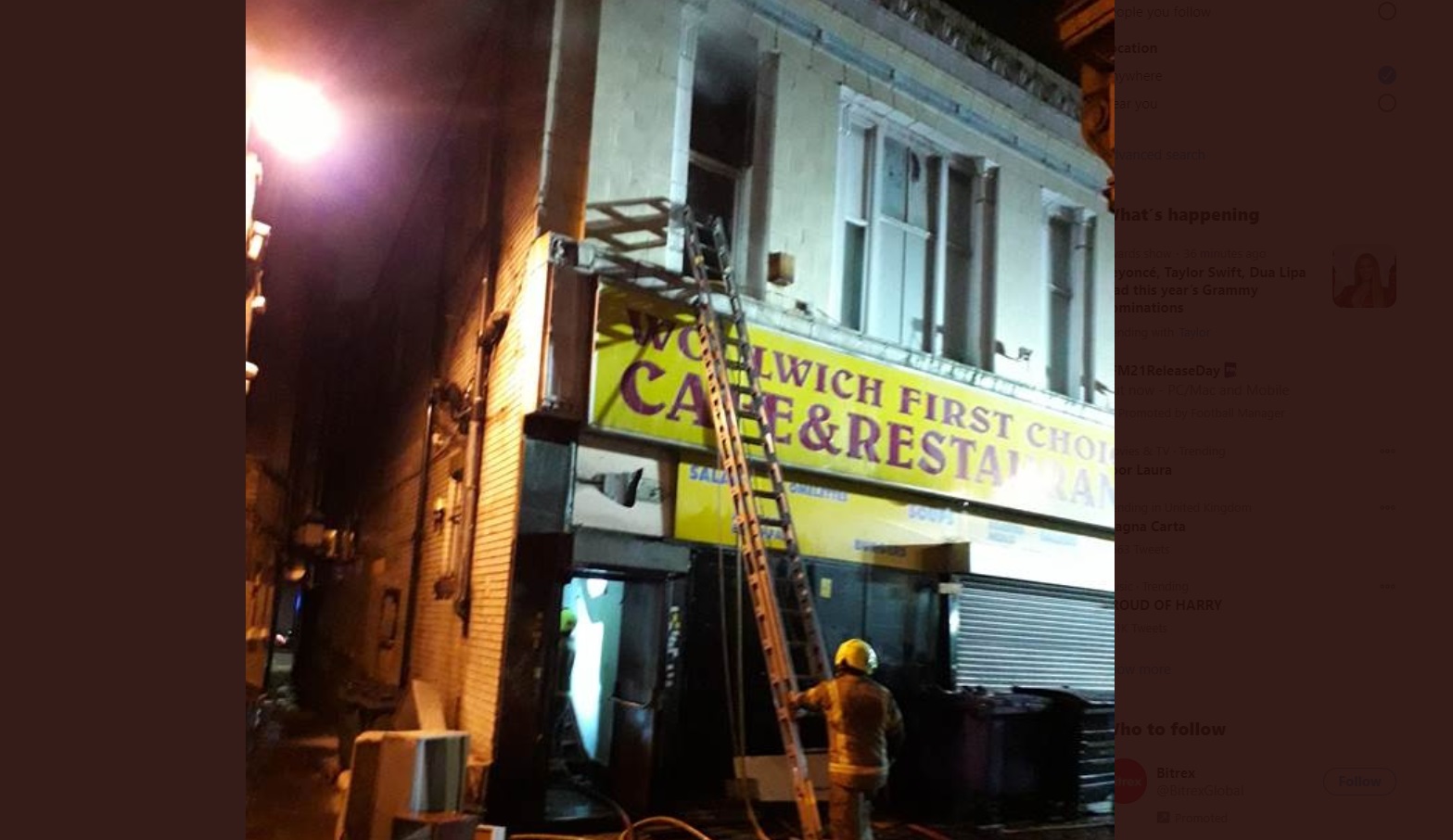

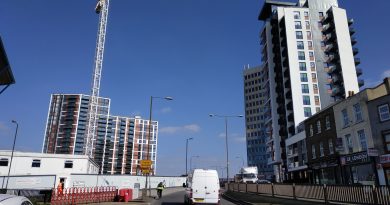

These sweatbox units are the government’s solution to the housing need. Local authorities are going to increasingly use them to park desparate people on a take it or make your own arrangements basis.
Since the abolition of Parker Morris, people have been conditioned into accepting ever smaller room sizes. Developers sprung a new trick on homebuyers a few years’ ago with ‘open plan’ whereby you were persuaded to cook, live and dine in one quite small room. The ‘bedroom’ is also small and is filled up by the bed with the wardrobe and dressing table fight for space. The bathroom often doesn’t even have a bath and a window is luxury. Further, these units have no storage space, but the occupiers have to pay far in excess of what they are actually worth.
The government is not interested in allowing people to have a decent standard of housing and are allowing ‘big developer’, aided and abetted by local authorities, to monopolise homebuilding and make huge profits. The expansion of permitted development is just the latest erosion of standards.
This is nothing to do with local authorities it is a Government initiative and hardly supported by professionals in planning or architecture. Office to Resi PD rights were put in place in 2013 and if you want to know why PD rights to deliver homes is a bad idea read https://www.gov.uk/government/publications/quality-standard-of-homes-delivered-through-change-of-use-permitted-development-rights
Also – the gov. have changed the use class order which means local authorities have far less control in managing centres and high streets than before. Race to the bottom springs to mind.
I suggest you re-read my opening sentence.